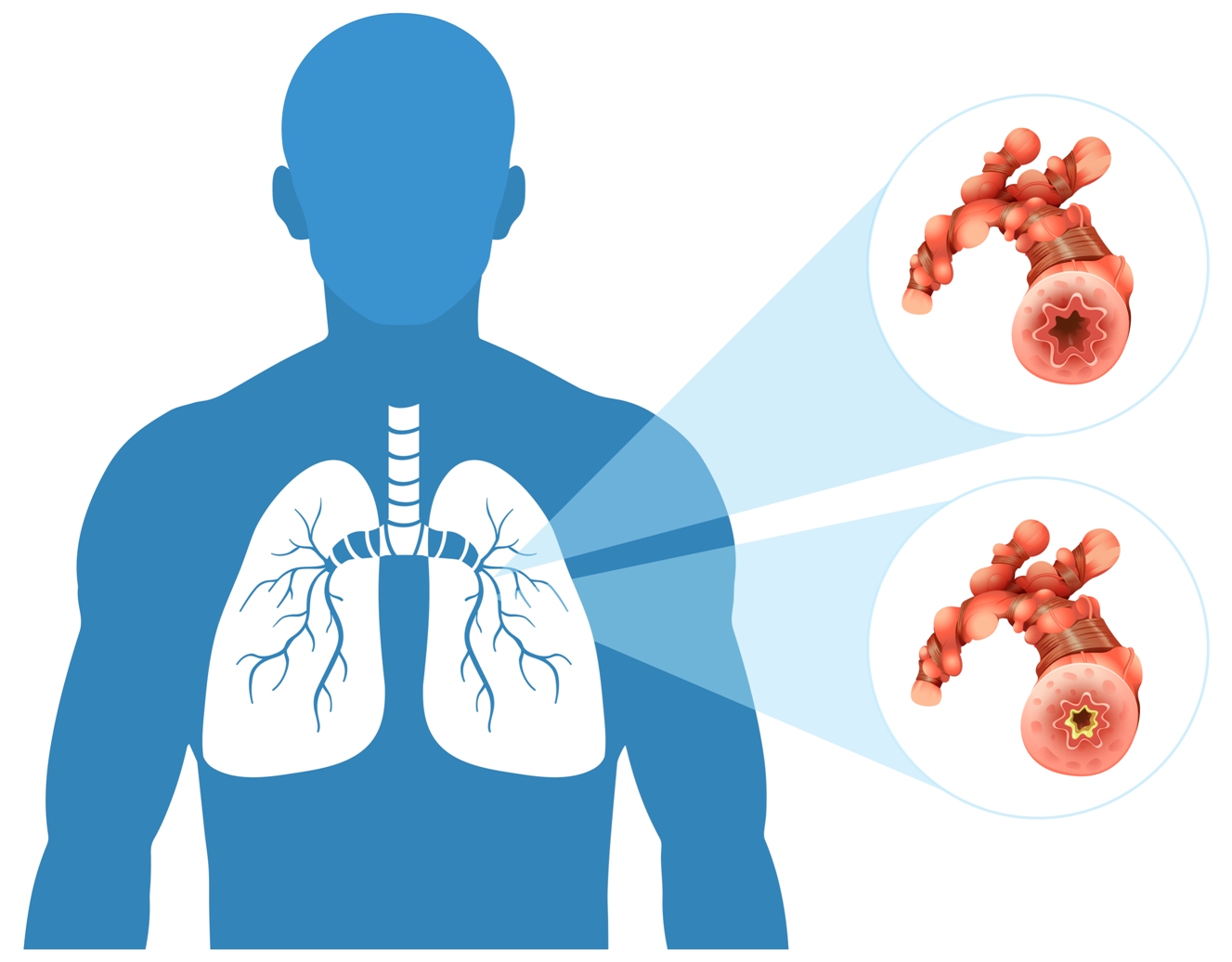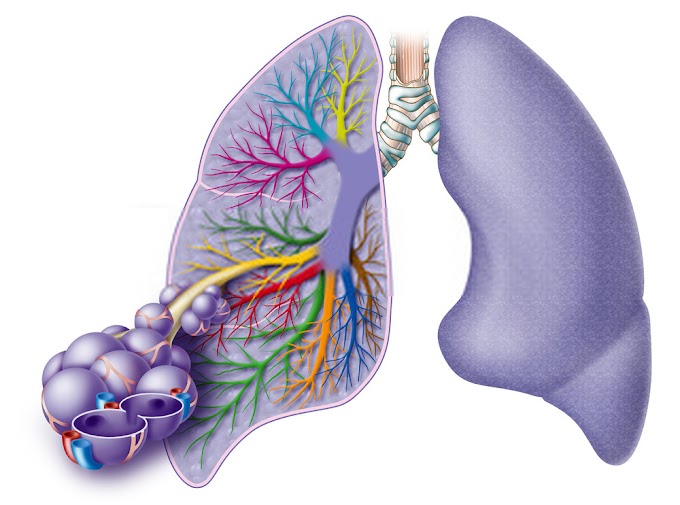Bronchoscopy Treatment is a medical procedure that allows the doctor to examine the airways of the lungs using a thin tube with a light at its end called bronchoscope. This thin tube is either inserted through the nose or mouth. The bronchoscope moves into the airways through the throat and trachea (windpipe). In a few cases, where there is blockage due to a large object then a rigid bronchoscope is used. There are two kinds of bronchoscopes: rigid and flexible. The flexible bronchoscopy treatment is used in most cases.
Rigid Bronchoscope:
A rigid bronchoscope is used to view large airways. This can also be used in bronchi.
- To remove large sections of blood.
- To cease bleeding
- Remove blockages caused due to foreign objects.
- Eliminate damaged or diseased tissues (lesions).
- To carry out procedures like stents.
Flexible Bronchoscope:
A flexible bronchoscope is a widely used instrument that can be sent through the smallest passages called bronchioles.
- They can be helpful in placing a tube tube which aids in breathing.
- To suction out the unwanted secretions.
- Collect samples for biopsy.
- To put medicine directly into the lungs.
Bronchoscopy is generally done to discover the reason for a lung issue. For instance, your primary care physician may allude you for bronchoscopy on the grounds that you have a diligent hack or a strange chest X-beam.
- Purposes behind doing bronchoscopy include:
- Determination of a lung issue
- Recognizable proof of a lung disease
- Biopsy of tissue from the lung
- Evacuation of bodily fluid, an unfamiliar body, or other check in the aviation routes or lungs, like a tumor
- Arrangement of a small tube to hold open an aviation route (stent)
- Treatment of a lung issue (interventional bronchoscopy), like dying, a strange narrowing of the aviation route (injury) or an imploded lung (pneumothorax).
During certain techniques, unique gadgets might be gone through the bronchoscope, like a device to acquire a biopsy, an electrocautery test to control draining or a laser to diminish the size of an airways tumor. Exceptional methods are utilized to direct the assortment of biopsies to guarantee the ideal space of the lung is tested.
In individuals with cellular breakdown in the lungs, a bronchoscope with an inherent ultrasound test might be utilized to check the lymph hubs in the chest. This is called endobronchial ultrasound (EBUS) and assists specialists with deciding the suitable treatment. EBUS might be utilized for different sorts of disease to decide whether the malignant growth has spread. Visit the Best Pulmonology Hospital in Coimbatore for the best lung treatment.
Preparing for Bronchoscopy:
Consult your Bronchoscopy Specialist for preparation of bronchoscopy normally includes food and prescription limitations, just as conversation about extra safeguards.
Food and drugs:
You might be approached to quit taking blood-diminishing drugs like anti-inflammatory medicine, clopidogrel (Plavix) and warfarin (Coumadin, Jantoven) a few days before bronchoscopy. You'll likewise be asked not to eat or drink for four to eight hours before the method.
Apparel and individual things:
Upon the arrival of the method, you'll be approached to put on an outfit and take out any false teeth, incomplete false teeth or removable scaffolds. You may likewise be approached to eliminate portable hearing assistants, contact focal points or glasses.
Other Precautions:
In case you'll be returning home get-togethers method, you'll need a companion or relative to take you home. You will not have the option to drive due to the waiting impacts of the meds utilized during the system. It's likewise a smart thought to have somebody stay with you for the remainder of the day.
After the Bronchoscopy procedure:
You'll be observed for a few hours after bronchoscopy. Your mouth and throat will most likely be numb for two or three hours. You will not be permitted to eat or drink until the deadness wears off. These aides hold food and fluids back from entering your airways and lungs.
At the point when your mouth and throat are presently not numb, and you're ready to swallow and hack typically once more, you can have something to drink. Start with tastes of water. Then, at that point you might eat delicate food varieties, like soup and fruit purée. Add different food varieties as you feel good.
You might have a gentle sore throat, dryness, a hack or muscle hurts. This is ordinary. Warm water rinses and throat capsules can assist with reducing the distress. Simply be certain all the deadness is gone before you have a go at washing or sucking on capsules. You can reach out to a Bronchoscopy Treatment in Coimbatore to receive the treatment safely in the hands of medical experts.
Risks for Bronchoscopy:
Bronchoscopy is ok for the vast majority. Nonetheless, similar to every single operation, there are a few dangers implied. Dangers might include:
- bleeding, particularly if a biopsy is finished
- contamination
- Inconvenience in breathing
- a drop in blood oxygen levels during the procedure.
- Contact your doctor when you experience:
- have a fever
- Coughing up blood
- experience difficulty in breathing
These side effects can demonstrate an inconvenience that requires clinical consideration, like contamination.
Exceptionally uncommon yet possibly dangerous dangers of bronchoscopy incorporate cardiovascular failure and lung breakdown. An imploded lung can be because of a pneumothorax, or expanded tension on your lung because of the departure of air into the covering of your lung. This results from a cut of the lung during the system and is more normal with an unbending bronchoscope than with an adaptable fiber-optic extension. On the off chance that air gathers around your lung during the strategy, your doctor can utilize a chest cylinder to eliminate the gathered air.
Read the proper guidelines for Submit Guest Post Marijuana category at Health Review Board.






0 Comments